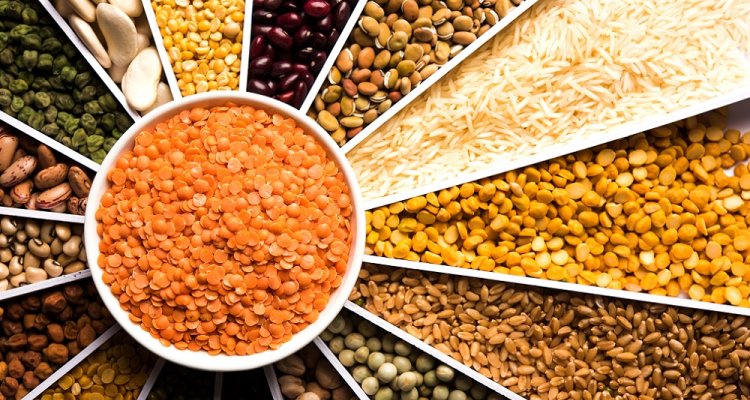
Project
Pulses optimised for flavour and functionality
Pulses, the dried edible seeds of certain legumes, are attractive protein crops for their suitability to the European climate, with relatively high yields, and nitrogen-fixing properties. Proteins from pulses like peas and faba beans are increasingly desired by companies and consumers to replace animal proteins in products like meat and dairy alternatives. However, the current flavour and functionality of pulse proteins are not optimal for application in these products. The aim of this project is to combine plant science and food science to breed pulses for optimal flavour and functionality to be cultivated in Europe, used specifically for human consumption, and applied in complex food products such as meat and dairy alternatives.
Relatively little effort has been put into breeding pulses to-date, and breeding efforts have not focused on proteins in the past. Pea has primarily been cultivated for, and optimized for, its starch. Only in the last 4 years have some efforts been undertaken to improve peas for protein cultivation. Faba beans, which have the highest yield per hectare of any known pulse crops for Europe, have not been bred for protein content at all. This consortium brings together actors from the total pulse supply chain, including breeders, growers, processors, and food producers. The partners are committed to using a reverse-engineering approach starting with the product requirements to determine the flavour and functionality of pulse proteins and to go to the start of the production chain and select and breed pulses that have better properties towards the application in food. On the plant side, varieties will be developed with reduced content of off-flavour (responsible) compounds, while on the postharvest side process and ingredients options will be optimized to improve the flavour and functionality of pulse proteins for better properties towards food applications.
Scientifically, this project will deliver new knowledge in both the plant science and technology fields, and distribute the knowledge across the supply chain. Knowledge will be generated on the genetic determinants to protein quality and functionality and the occurrence of flavour-active compounds, on how flavour and functionality in product application result from raw material and product processing, with focus on the interactions between plant proteins and flavour. The partners aim to discover the challenges, limitations, and opportunities from each other, and to apply this new understanding to accelerate the pace of innovation. Upon successful completion of this work, this consortium will have delivered a major improvement in the flavour and functional quality of pulse ingredients, enabling the food industry to launch better-tasting, sustainable, and locally-sourced products.
Publicaties
-
Protein Transition: Why, What, and How?
-
Protein transition: High-quality legumes could trigger the protein transition
-
The challenge of breeding for reduced off-flavor in faba bean ingredients
Frontiers in Plant Science (2023), Volume: 14 - ISSN 1664-462X -
Optimisation of pulse protein
-
Industrial application of plant proteins
-
Nieuwe technieken verbeteren smaak en functionaliteit van peulvruchteneiwit
-
Sequencing dataset genotyping of faba bean (Vicia Faba L.) accessions using targeted sequencing 90k-SPET
-
Flavour investigation of pulses: linking sensory with instrumental analyses
-
Protein Transition